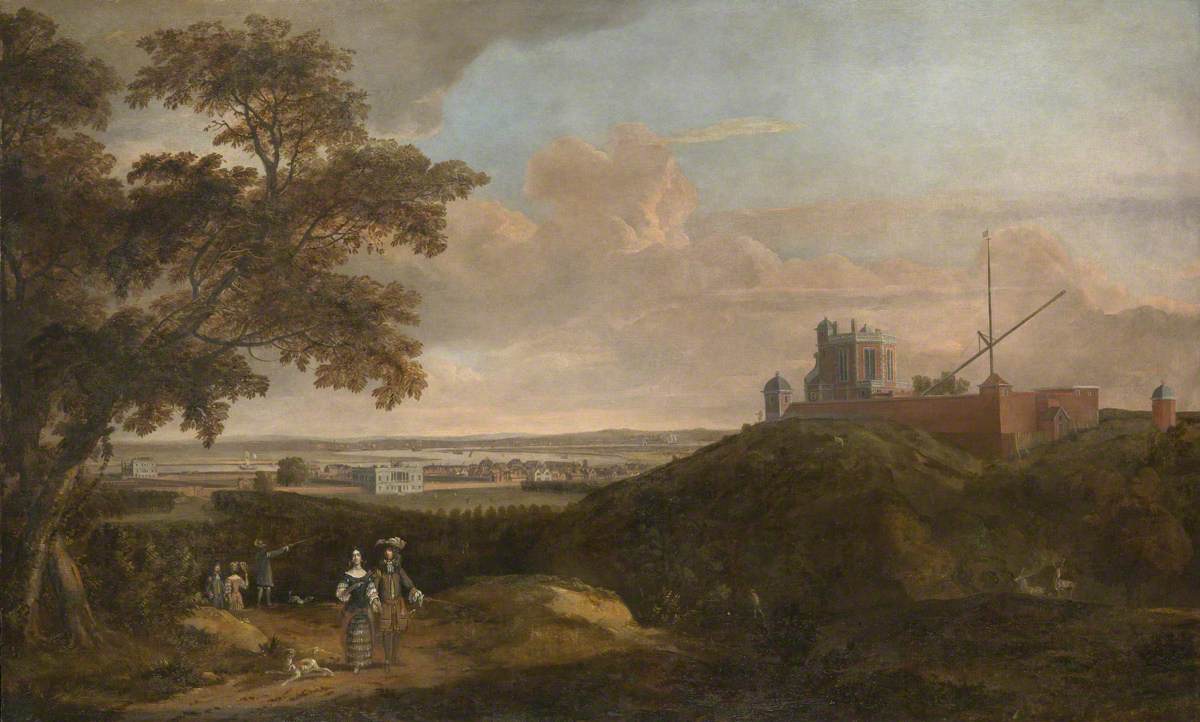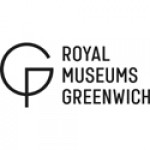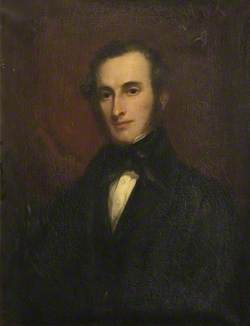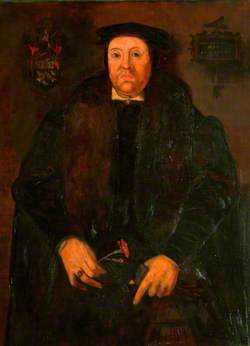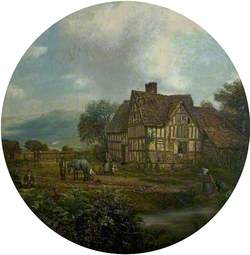How you can use this image
This image can be used for non-commercial research or private study purposes, and other UK exceptions to copyright permitted to users based in the United Kingdom under the Copyright, Designs and Patents Act 1988, as amended and revised. Any other type of use will need to be cleared with the rights holder(s).
Review the copyright credit lines that are located underneath the image, as these indicate who manages the copyright (©) within the artwork, and the photographic rights within the image.
The collection that owns the artwork may have more information on their own website about permitted uses and image licensing options.
Review our guidance pages which explain how you can reuse images, how to credit an image and how to find images in the public domain or with a Creative Commons licence available.
Notes
Add or edit a note on this artwork that only you can see. You can find notes again by going to the ‘Notes’ section of your account.
A scene showing the Royal Observatory at Greenwich and the Queen's House and Thames riverfront buildings of East Greenwich. The main building of the new Observatory rapidly gained the name Flamsteed House from its first incumbent, the first Astronomer Royal, John Flamsteed. From 1676 it was his home and workplace in the task of charting the skies to 'find out the so-much desired longitude of places' and to improve navigation and astronomy – all necessary to the rising sea-trading power that Britain was then becoming. Greenwich was selected as the site for the Observatory following a recommendation by the architect responsible for its design, Christopher Wren. Significantly it was on a royal site on high ground free of smoke from London. It was purpose-built with tall windows and sufficient space to enable the long telescopes and pendulum clocks to be housed and used. Most of Flamsteed's observational work was done in outbuildings, with Flamsteed House itself serving largely (in Wren's words) 'for the observator's habitation, and a little for pomp' in receiving distinguished visitors. The Observatory was therefore both functional and aesthetic. This was a fertile period in English science when enormous advances were being made.
Title
Royal Observatory from Crooms Hill, c.1680
Date
c.1690
Medium
oil on canvas
Measurements
H 101.6 x W 167.6 cm
Accession number
BHC1812
Work type
Painting
